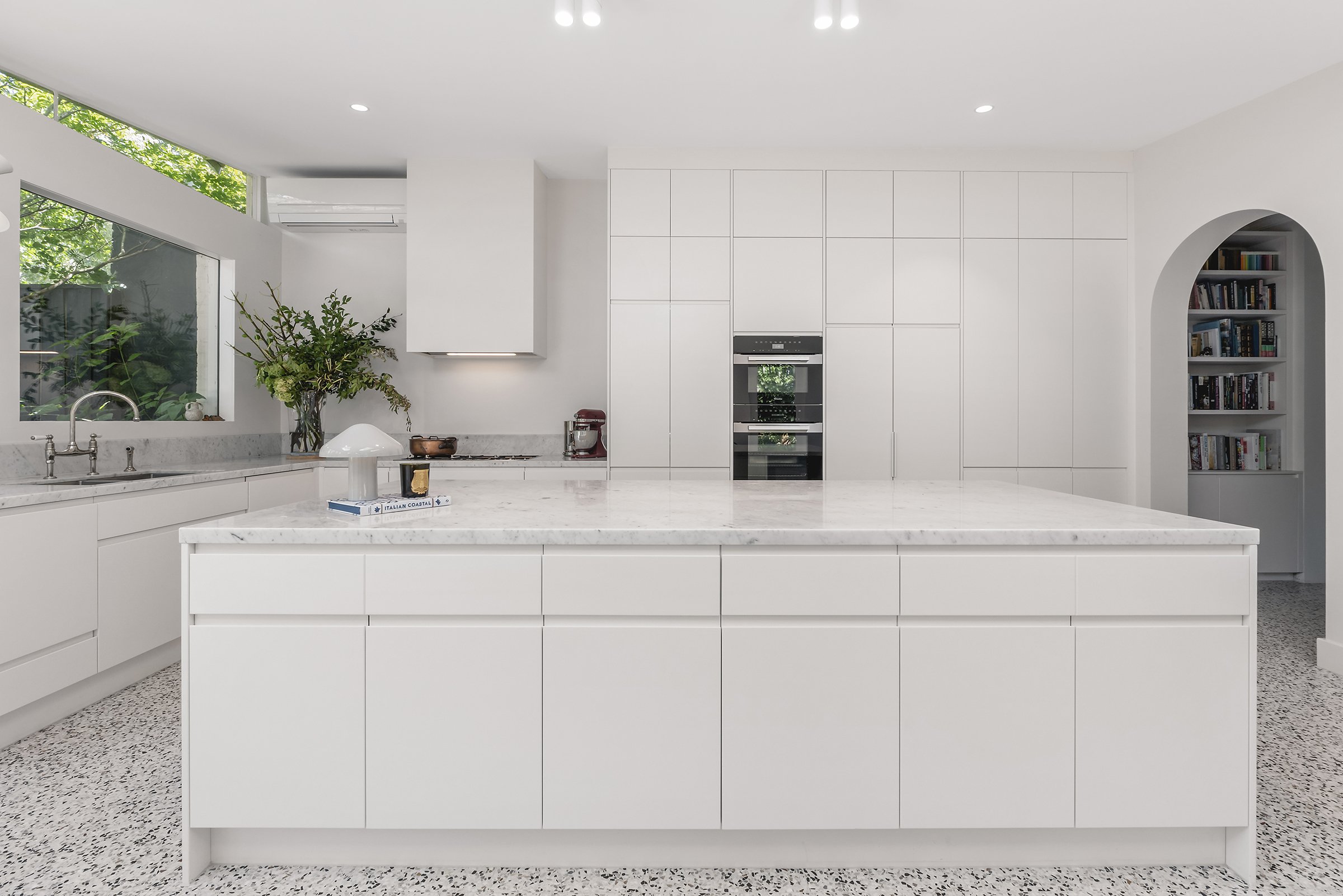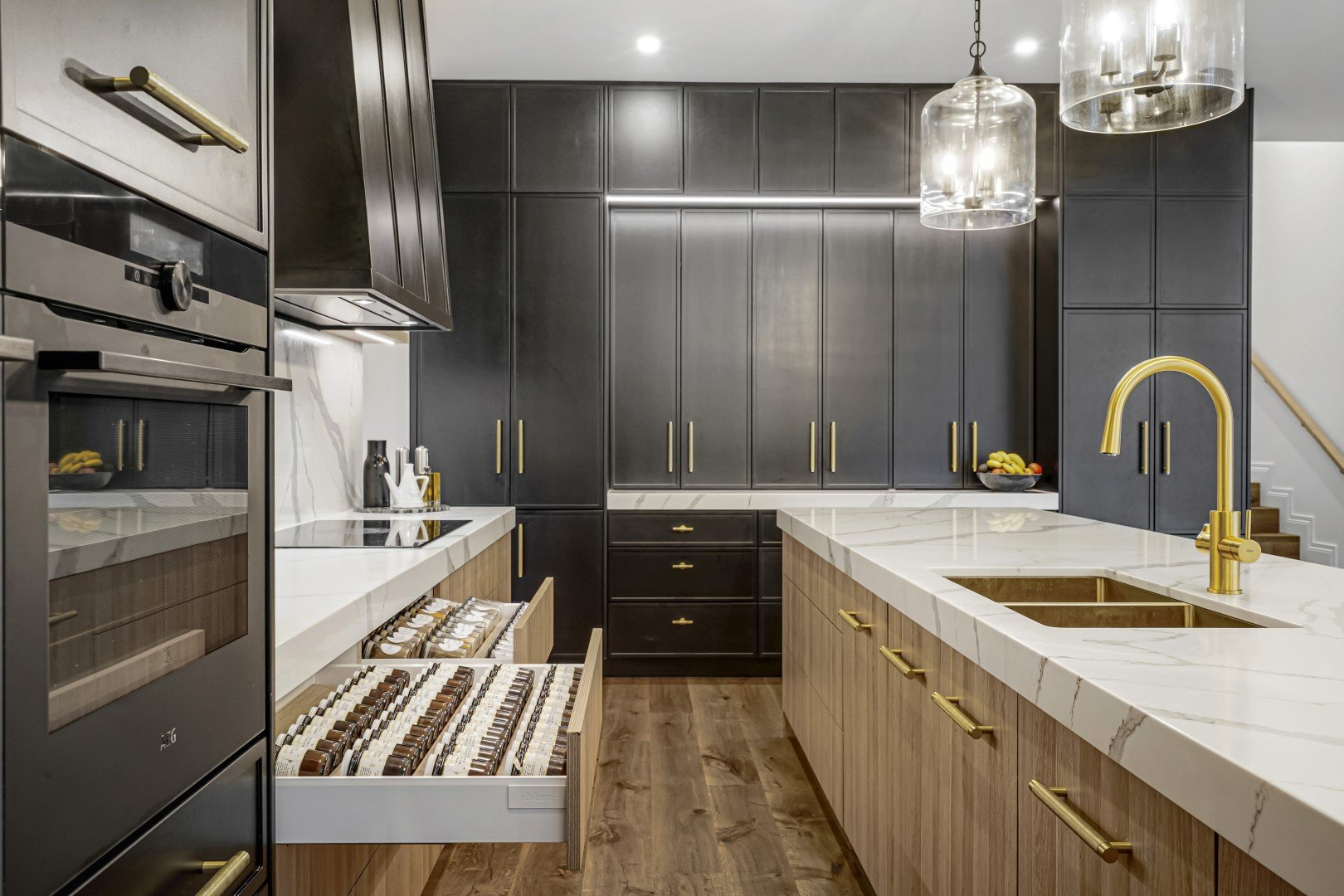
BEAUTIFUL
MADE-TO-MEASURE
KITCHENS AT FRIENDLY PRICES
BRINGING THE ART OF DESIGN TO THE HEART OF THE HOME FOR OVER 40 YEARS
EXPLORE KITCHEN STYLES
THE SMITH & SMITH
DESIGN TEAM
Your Smith & Smith designer is here to guide you through every step of the process.
THE PROCESS
-
Call or visit our showroom in Rowville or Doncaster & speak to a member of our team. They will discuss your budget and timeline, & arrange a consultation with your Smith & Smith designer.
-
-
See what's possible. Our designer will visit your home, take measurements and discuss your inspirations, lifestyle needs & budget.
-
Visit our showroom once more to finalise your design plan with your designer. This is the time to ask any questions & make any final adjustments before sign-off & 'check-measure'.
For a more detailed step-by-step listing of everything you need to know when renovating with Smith & Smith, see our Kitchen Renovations Guide.
-
Our expert team of builders will craft your cabinetry on-site in our Melbourne factory.
-
Our qualified tradespeople will deliver & install your kitchen. A Smith & Smith installation supervisor is on call to answer any questions you may have during this time.
For a more detailed step-by-step listing of everything you need to know when renovating with Smith & Smith, see our Kitchen Renovations Guide.

VISIT ONE OF OUR SHOWROOMS:
ROWVILLE
889 Wellington Rd,
Rowville Vic 3178
Hours : 9am - 5pm, 7 days
Free on-site parking
DONCASTER
860 Doncaster Rd,
Doncaster Vic 3108
Hours : 9am - 5pm, 7 days
Undercover Car Park
Enter via Wetherby Road










